The idea is based on ESP8266 nodes or any other module that has WIFI connectivity and enough processing power and capacity to send UDP broadcast and run a small web server. The aim is every node to broadcast via UDP its sensor values, serve out its own management interface and to be able to 'see' the sensor values from the other nodes. Also nodes that are able to switch things ON and OFF or 'DO' any actual work have a simple IFTTT like rule engine. This type of set up allows for autonomous operation of each node with reporting and configuration functions as well as building a complex home automation system based on simple rules involving different nodes' sensor values.
The first node is a 'smart plug' with ESP8266-12 NodeMCU 1.0, ACS712 30A hall-effect current sensor, 30A relay module and 7-segment display module based on the TM1637 chip.
I am writing the code through the Arduino
IDE with the help of the "Arduino core for ESP8266 Wi-Fi chip"
project. Currently I have three entity lists
that I keep in memory – “Nodes”, “Things” and “Recipes”. They are persisted via
ESPFFS to the 3Mb flash memory and loaded at start up. Each “Node” has a set of
“Things” that it can either switch ON or OFF, or it can report their current
value, or both. The decision to switch a state of a “Thing” is made either by
direct command via override property or by processing the “Recipes” that
involve the “Thing”. The “Recipes” follow “IF This Then That” format and are
executed sequentially (order is important). The management and reporting
interface is a single html5 page stored also on the ESPFFS with jquery and
jqplot JavaScript libraries. The page is loaded once and the communication with
the node is done via Web Sockets. Each “Node” broadcasts its “Things” state at
a set interval via UDP and to all its Web Socket clients. The UDP broadcast is used
to update the local list of “Nodes” and to process the “Recipes” that involve
the “Things” in the broadcast.
 Andrey
Andrey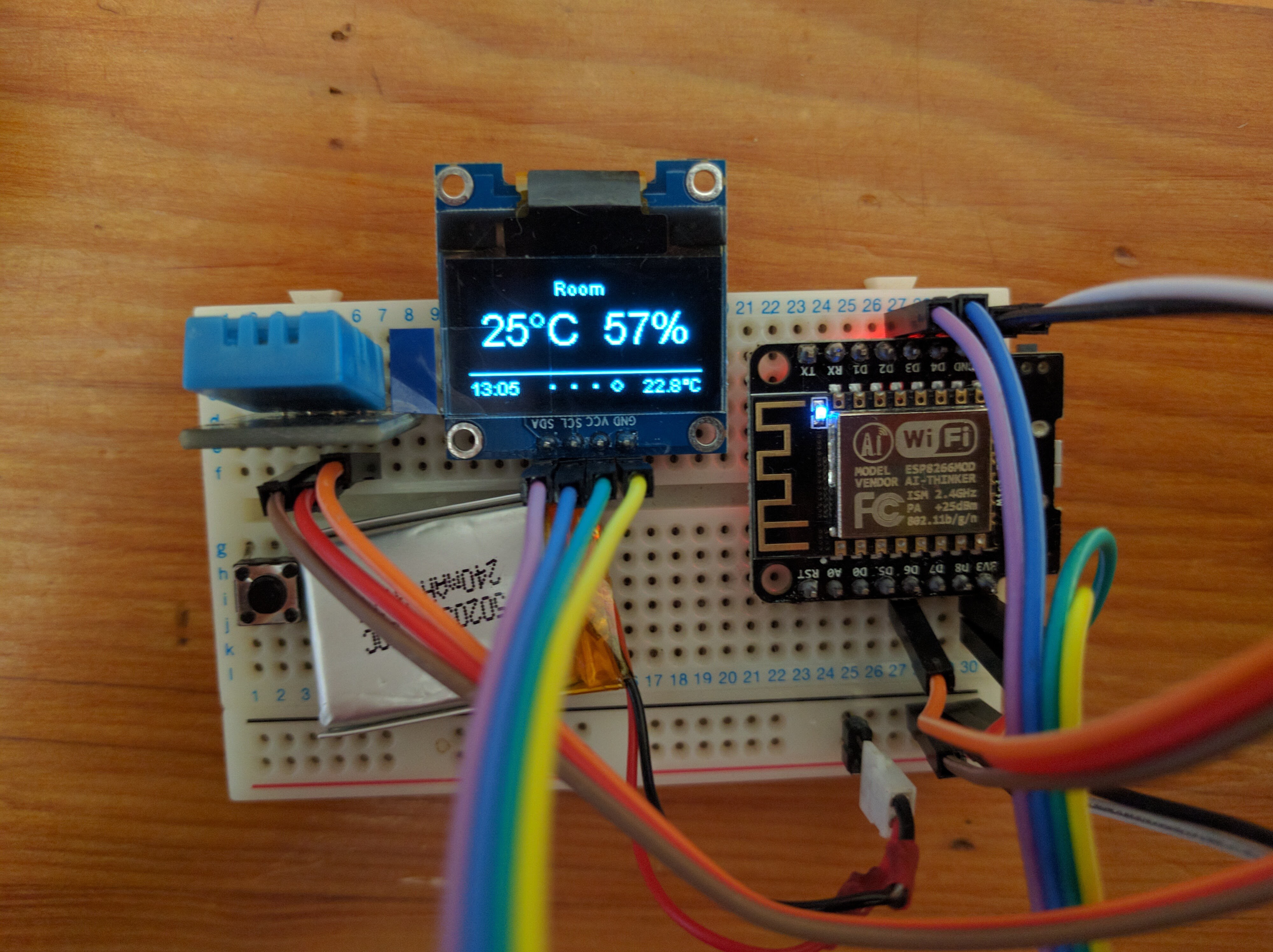
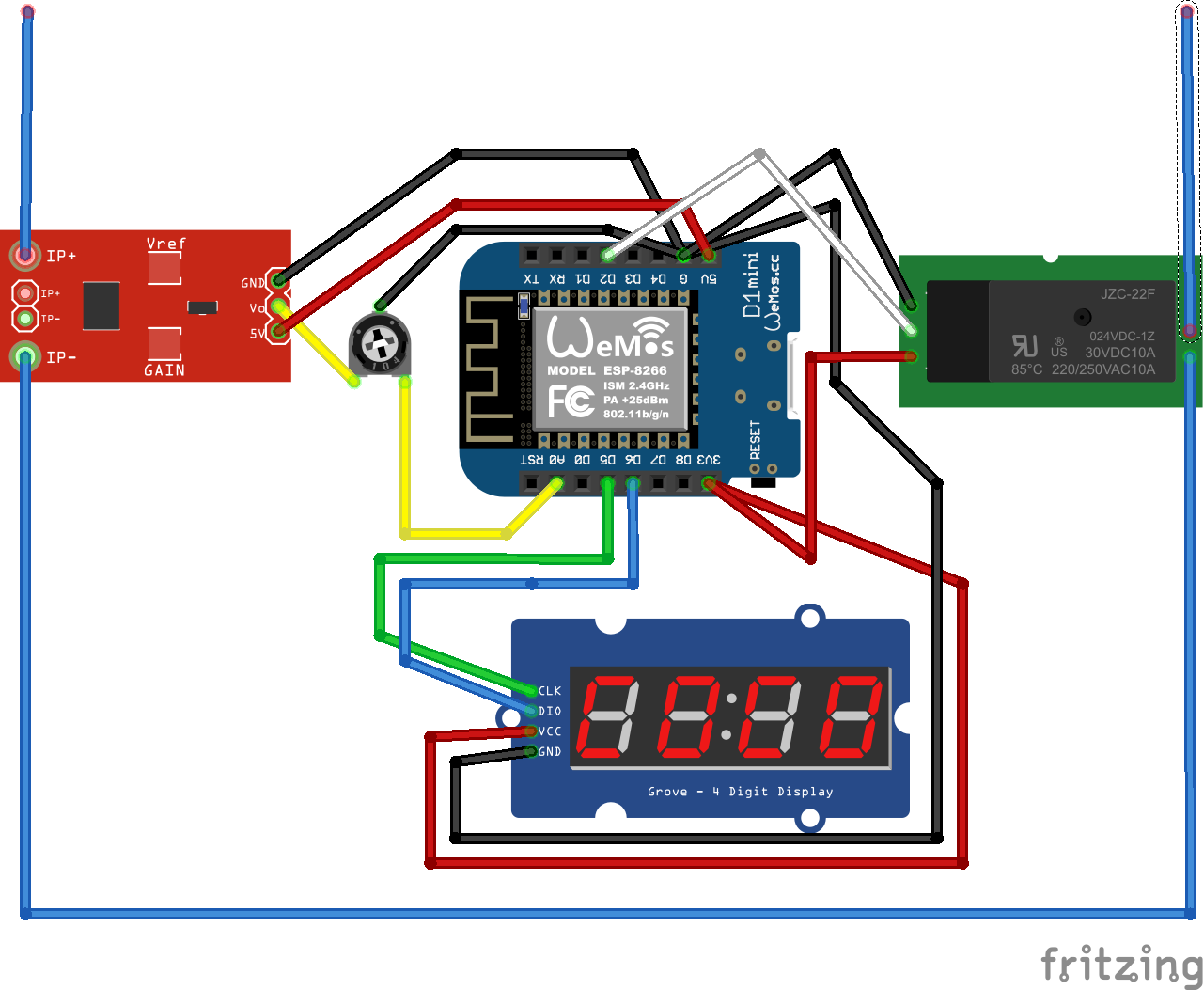


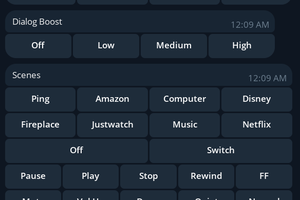
 Simon
Simon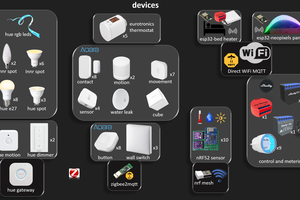
 Wassim
Wassim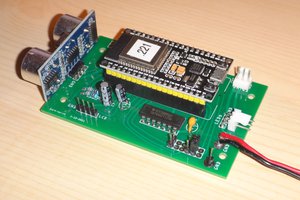
 Mark
Mark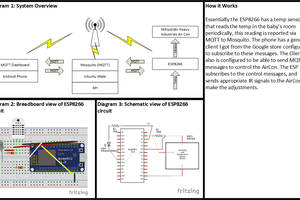
HI Andrey, Thanks for sharing this great project. To keep things simple I took out the core part from things_functions.cpp and try to run it independently. My current sensor is for 5A max. However I noticed cycleCounter never exceed the value of 9. This is the max and at the same time Vrms remain less than 300. I am using NodeMCU with ESP8266-12E. Can you point me tor right direction? how did you calculate the cycleCount Range? or Vrms value should be higher than 300?